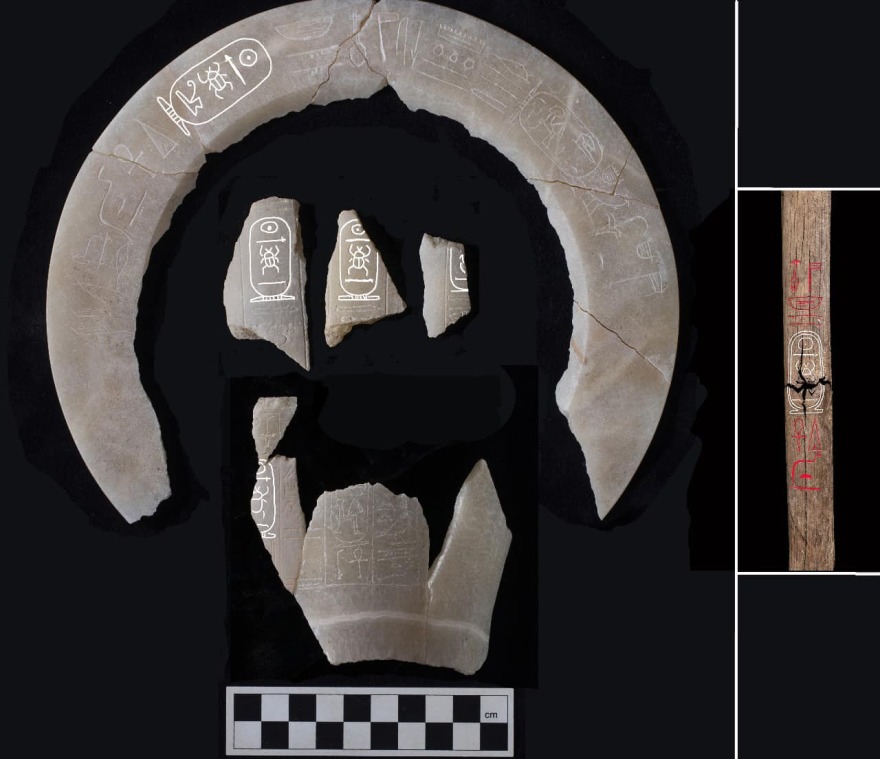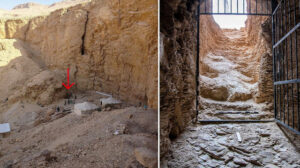A major archaeological discovery has been made in Egypt, with the Antiquities Authority announcing the discovery of the tomb of Faraoh Tuthmosis B’. It is the last of the lost tombs of the 18th dynasty pharaohs of Ancient Egypt who reigned from 1550 BC to 1292 BC.
Tuthmosis II was an ancestor of Tutankhamon and his wife was his half-sister, Hatshepsut. According to the Egyptian government, this is the most important discovery since 1922, when Tutankhamun’s tomb was found.

Egyptian archaeologists, along with British experts, discovered the tomb of Tutankhmosis B’in a mountain area in Thebes, west of the Valley of the Kings. Mohammed Ismail Khalid, secretary general of the Supreme Council of Antiquities, said the tomb, which is about 3,500 years old, is one of the most important finds in Egypt in decades.
“This is the first time burial furniture belonging to Tuthmosis II has been discovered, as there are no such items in museums worldwide,” he said, according to Egypt’s state intelligence agency. According to Khalid, archaeologists had discovered the entrance to the tomb three years ago and had a hard time excavating the tomb because of flooding in the past.
However, artifacts discovered inside the tomb, including fragments of alabaster jars, bore inscriptions with the names of Tuthmosis B’ and Hatshepsut, providing definitive clues about the tomb’s owner.
Experts also found that Queen Hatshepsut, the king’s wife and also his half-sister, oversaw the burial of Tuthmosis B’.
The mummy of Tuthmosis B’was discovered in the 19th century at the archaeological site at Deir el-Bahari. It was probably moved there centuries after it was looted by grave robbers, according to the National Museum of Egyptian Culture.
Ask me anything
Explore related questions





